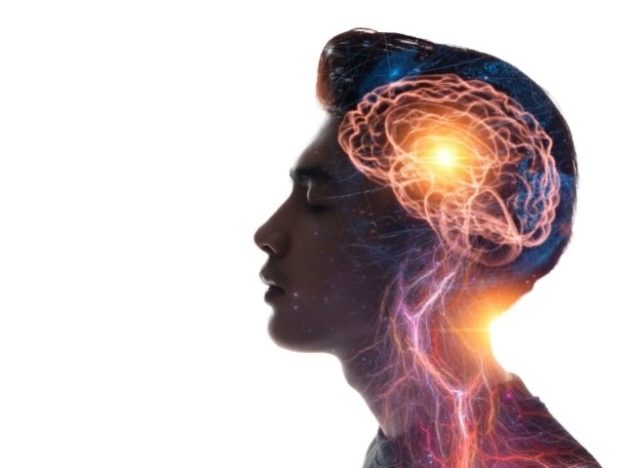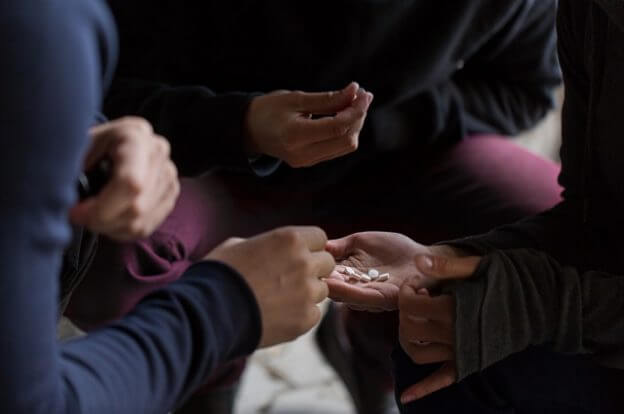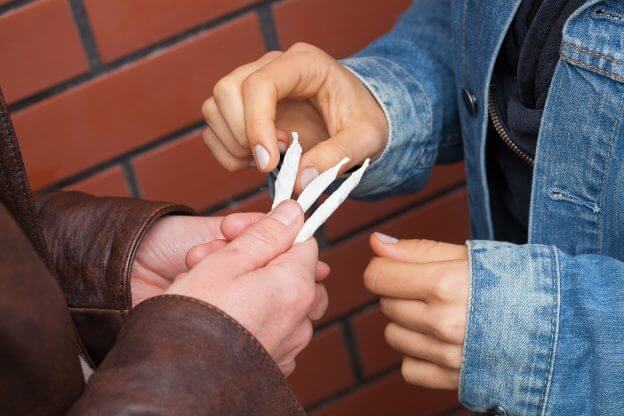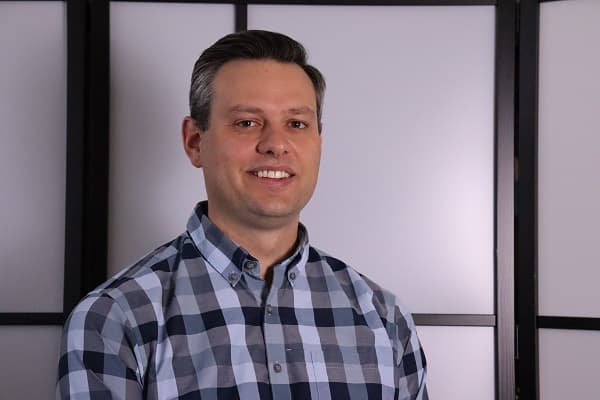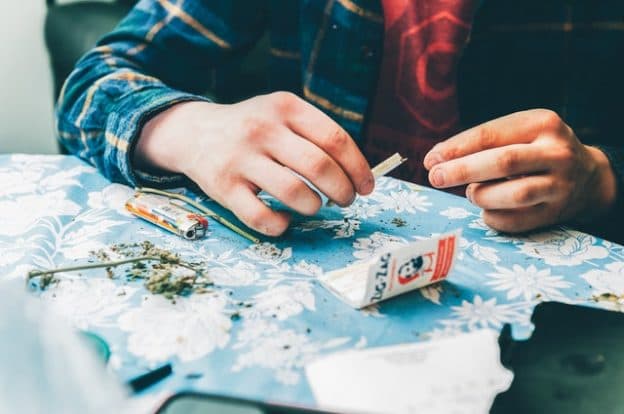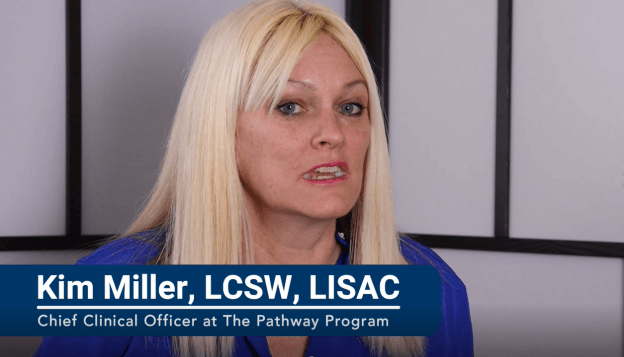Learning to respond to teenagers with drug problems has always been a challenge in the drug addiction and mental health world. The differences between the effects of drugs on teens and adults on drugs is enough that SAMHSA and the National Institute on Drug Abuse have both separately built resources centered on teen drug use. When it comes to teens drinking or using drugs, it’s tempting to ask drug-specific questions, like “how does alcohol affect the teenage brain?” or “what are the effects of marijuana on the teenage brain?” While it’s true that each drug is different, we would submit that the broad strokes are largely the same from drug to drug. Teenagers who use drugs largely all have the same outcome, whether they are drinking alcohol, smoking pot, or using other illicit drugs.
In order to better understand how drugs affect the brain of a teenager, we’re taking a look at some of the work done by Dr. Steven Jaffe, MD – a pioneer in the development of substance use treatment programs for teens and young adults. Jaffe is a professor emeritus of psychiatry at Emory University and a clinical professor of psychiatry at Morehouse School of Medicine. He is also a consultant for multiple teen-focused alcohol and drug treatment programs around the country.
What follows is a discussion of the neurobiological information presented by Dr. Jaffe in his 2017 book, Sacred Connections: Studies of Spirituality in Recovery Adolescent and Young Adult Substance Abusers. His work has been invaluable to us in the field of teen drug use treatment.
What Motivates the Teen Brain, and Why Teen Drug Treatment Often Doesn’t Work
Teenagers operate under an entirely different set of motivations than adults who are entering addiction recovery. In general, adults enter recovery from drug and alcohol addictions as a response to the consequences they have faced – many times they’ve lost homes, businesses, or respect in their communities. Often their families won’t talk to them, or they are on the verge of divorce. For adults, these consequences spark a powerful motivation to change. Addicted teenagers, on the other hand, often enter a drug abuse treatment center because they’ve been caught by parents, their school, or the police – leading to the belief that the parents or school are the problem, not the drugs. Almost every parent of a teenage drug user has heard some variation of these words:
“If everyone would just leave me alone, I’d be fine.”
Anonymous surveys on teen drug use show that high school age teens essentially use drugs to feel good and have fun. Teens often haven’t been exposed to the long-term effects of drugs and alcohol. Dr. Jaffe spends some time in his book addressing the factors that lend to the success of the enthusiastic sobriety model in particular. Specifically, he provides a clinical approach to what is happening in the adolescent brain on drugs to shed light on how to best help young people recover from the effects of alcohol, marijuana, or other drugs.
Alcohol, Marijuana, and the Teenage Brain
In the book, Dr. Jaffe discusses two important parts of the brain: the prefrontal cortex and the nucleus accumbens.
The prefrontal cortex:
- Helps to regulate impulses and make informed and smart decisions.
- It is well documented that this portion of the brain is not developed until a person is in their mid-twenties.
The nucleus accumbens:
- Is a vital part of the brain’s reward circuit and is responsible for regulating motor functions relating to seeking things we “like” and avoiding things we “don’t like.”
- Unlike the prefrontal cortex, the nucleus accumbens develops much earlier and is fully developed in children.
Teenagers differ from adults in that their “reward-seeking” system is working properly whereas their “inhibitory” system (prefrontal cortex) isn’t developed. The result is that teenagers are naturally predisposed to impulsive or risky behavior, such as binge drinking, partying late, or driving drunk. For instance, an adult may think, “doing cocaine would be really fun,” but then immediately think, “I could lose my job,” and decide not to use drugs. The second inhibitory thought never occurs to the teenager.
To understand how recovery occurs, it is paramount to address what happens when a teenage brain is affected by drugs and alcohol. In Jaffe’s own words:
“Heavy drug use in adolescence is diminishing a not yet fully developed inhibitory prefrontal cortex.”
Therefore, in addition to the prefrontal cortex being under-developed in teenagers, its development is further stunted by substance use.
Reversing the Effects of Marijuana, Alcohol, and Other Drugs on the Teenage Brain
From a biological standpoint, there are two neurological brain function “problems” to address when a young person enters our program with a substance use disorder:
- There is an underdeveloped prefrontal cortex.
- Drug use results in a numbing of the response of the pleasure center (nucleus accumbens) that leads to a diminished response to normal everyday pleasures.
The result is a teenager having a need to seek extreme risks to enjoy their life, even if those decisions are dangerous or even life threatening. For a parent, this is quite a predicament. They often ask, “How do I help my son or daughter get off drugs?”
Jaffe provides the following solutions:
First, sobriety needs to be something that is fun and attractive to the teenager, in order to stimulate the nucleus accumbens. Since the nucleus accumbens has a lessened response to life’s pleasures, teenagers need to take fun, safe risks while being sober! Dr. Jaffe refers to these as “high stimulus experiences.” These high stimulus experiences create an opening for the brain to heal and create positive neural pathways related to being sober and seeking joy in a more positive way. Over time, the teenager’s brain becomes resensitized to normal dopamine levels and the brain resumes normal production of neurotransmitters.
The next step is to include a spiritual component, to help the prefrontal cortex recover from the damage done. Enthusiastic sobriety (and 12-step recovery in general) includes a spiritual component. Dr. Jaffe includes information saying, “some brain scan studies have shown increased activity in the prefrontal cortex while a person is engaged in prayer.” He goes on to describe increased brain response from meditation and prayer. In other words, the prefrontal cortex is allowed to function normally and its development is resumed.
Last, the positive peer support group plays a large factor in recovery for a young person. Dr. Jaffe coined the term “borrowing another’s prefrontal cortex.” Seeking the opinion and suggestion of another young person who has experienced recovery from a substance use disorder can be someone’s greatest ally against using substances or engaging in negative behavior. One of the primary ways for this to happen is when a positive peer support group helps guide the young person’s decision making processes for a time. It is because of the strong relationships based on love and healthy attachment that recovery begins.
Dr. Jaffe states, “The biochemical systems that are impacted by drugs and alcohol are the same systems that are regulated by relationships and love.” The prefrontal cortex responds strongly to attachment, fun, hope, faith, trust, and love. The enthusiastic sobriety model and 12-step approach help to target the prefrontal cortex and resume its development and healing.
Simply, by stimulating the nucleus accumbens and reawakening the prefrontal cortex, we can begin to reverse the effects of alcohol, drugs, or marijuana on the teenage brain.
Why Punishment and Fear of Consequences Is Not The Answer
One common traditional approach to getting kids off drugs is to educate them as to the dangers of substance misuse. While we are certainly not against anti-drug education (it can be very helpful in substance abuse prevention), we’ve never seen it work very well in teenagers who already have drug problems.
This is because foresight, predicting the future, and planning complex behaviors are tasks handled by the prefrontal cortex. In short, the teenage brain is not equipped with the tools to be able to identify the long-term consequences of their actions following extended substance abuse.
In Conclusion
By knowing how drugs affect the brain of a teenager, we can better formulate some basic strategies that will help. A teenager can experience success in sobriety through a combination of:
- High stimulus experiences
- Positive peer relationships focused around trust and love
- A spiritual component to have hope and faith in the future
In this way, a teenager can recover from a substance use disorder that is appropriate to their age range and adequately adapts to their social and emotional needs.
Rather than a focus on consequences, enthusiastic sobriety focuses on providing a safe, fun environment with a positive peer support group. Applying that foundation, sobriety is transformed into something that can be fun and attractive to a young person. Once this precedent is set, providing tools to help stay sober long-term can be provided. In short, a young person can stay sober and gain tools to build positive relationships.





